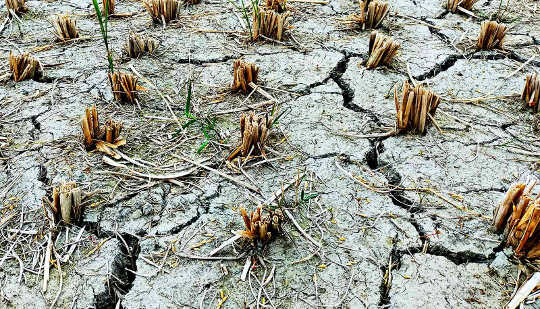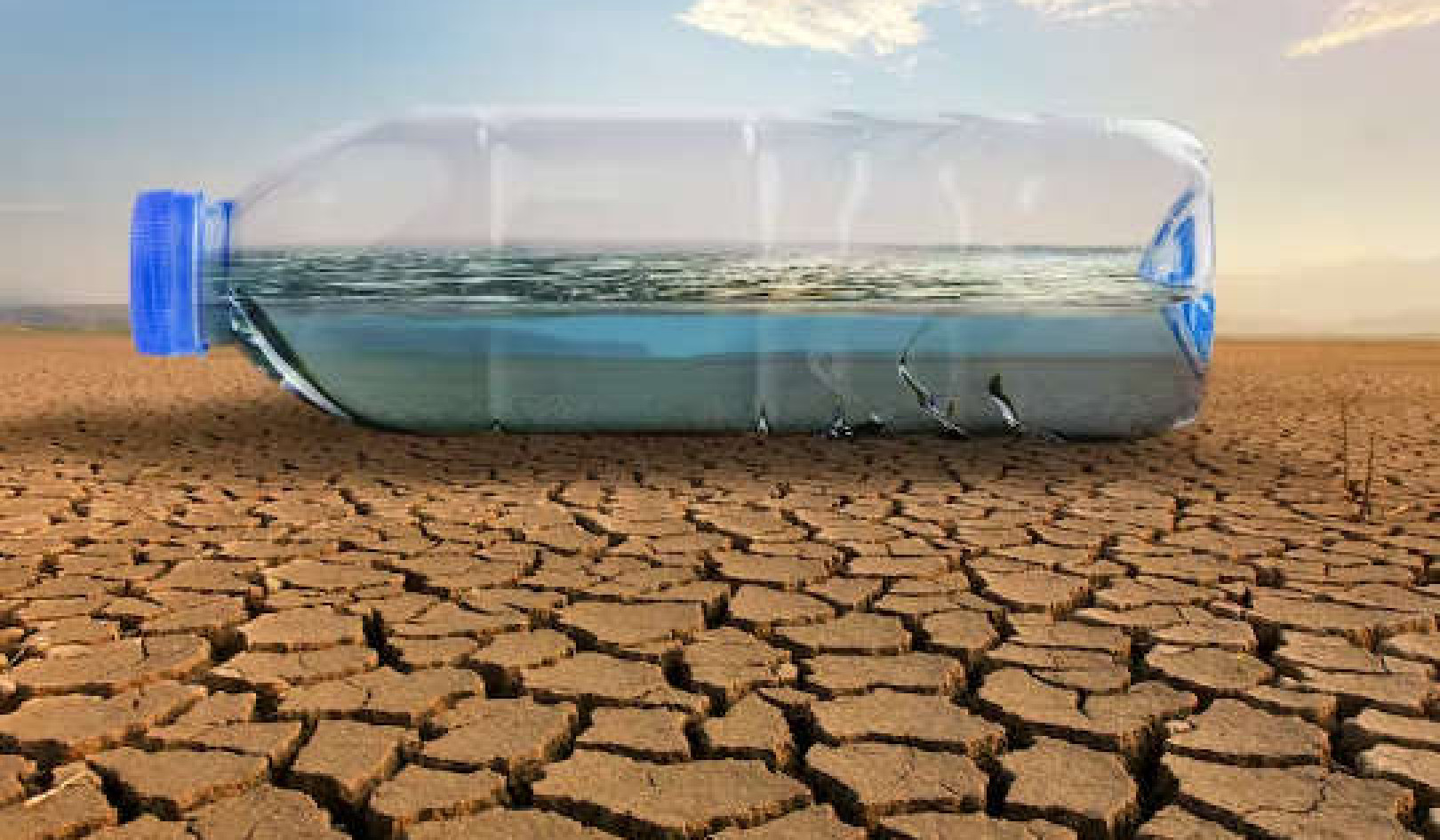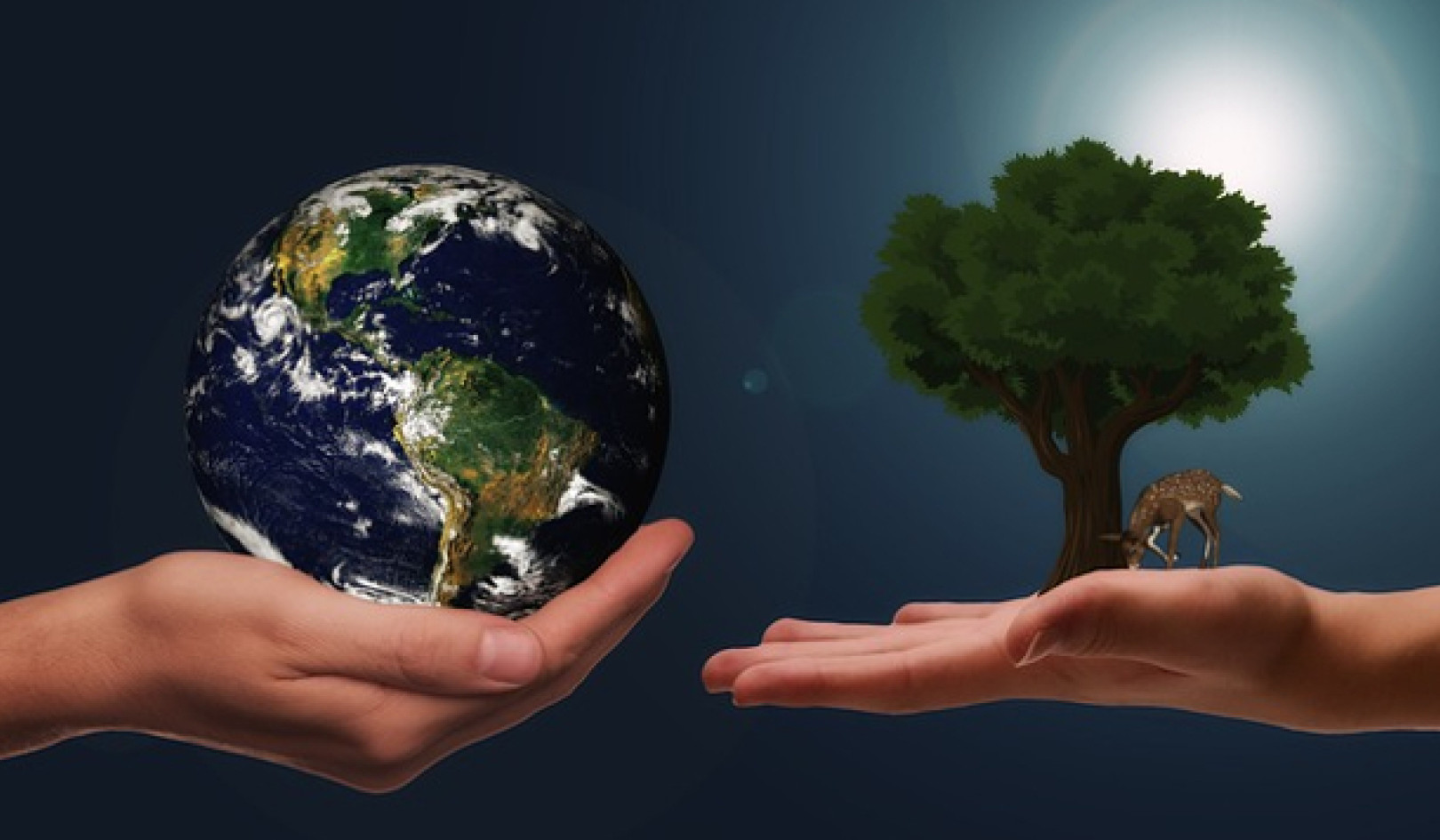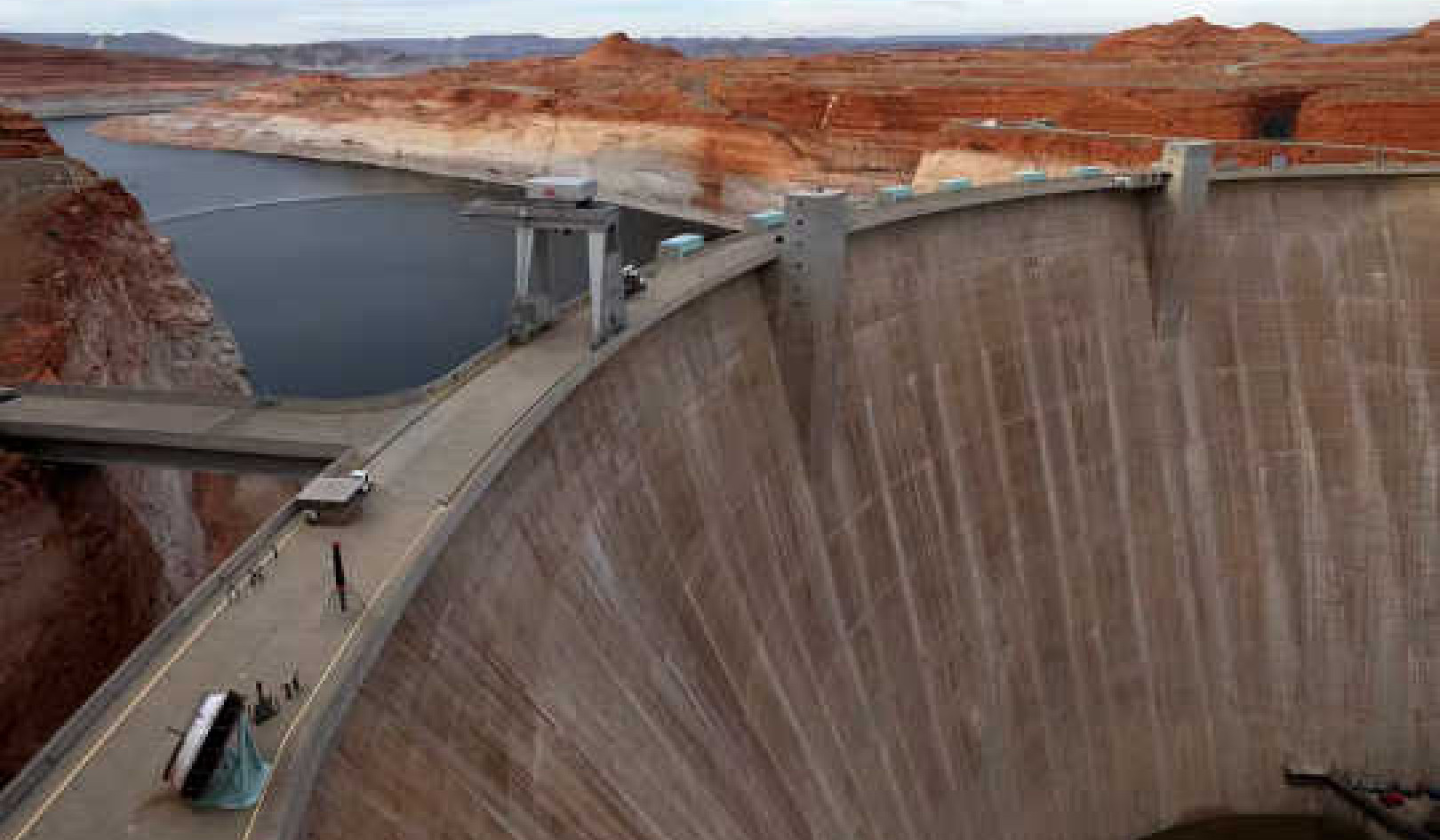
"If we're never returning to normal, then we need to adapt all of the ways that we manage water with the expectation that normal will continually be drier and drier every year," says Samantha Stevenson. (Credit: Md. Hasanuzzaman Himel/Unsplash)
In coming decades, many regions of the world will enter permanent dry or wet conditions under modern definitions of drought, according to new research.
The findings reveal the importance of rethinking how we classify these events as well as how we respond to them.
Maps of the American West have featured ever darker shades of red over the past two decades. The colors illustrate the unprecedented drought blighting the region. In some areas, conditions have blown past severe and extreme drought into exceptional drought. But rather than add more superlatives to our descriptions, one group of scientists believes it’s time to reconsider the very definition of drought.
“Essentially, we need to stop thinking about returning to normal as a thing that is possible,” says Samantha Stevenson, an assistant professor in the Bren School of Environmental Science & Management at the University of California, Santa Barbara, and lead author of the paper in the Proceedings of the National Academy of Sciences.
This idea affects both how we define drought and pluvial (abnormally wet) events and how we adapt to a changing environment.
A drought is when conditions are drier than expected. But this concept becomes vague when the baseline itself is in flux. Stevenson suggests that, for some applications, it’s more productive to frame drought relative to this changing background state, rather than a region’s historical range of water availability.
To predict future precipitation and soil moisture levels, Stevenson and colleagues turned to a new collection of climate models from different research institutions. Researchers had run each model many times with slightly different initial conditions, in what scientists call an “ensemble.” Since the climate is an inherently chaotic system, researchers use ensembles to account for some of this unpredictability.
The results show a world where certain regions are in permanent drought while others experience perennial pluvial for the rest of the 21st century. The team calculated the year in which average soil moisture will exceed the threshold that defines either a megadrought or a megapluvial.
“In other words, at what point do average conditions exceed what we would consider a megadrought if it happened now, [and never return to ‘normal’]” Stevenson says.
The western United States has already crossed this benchmark, and there are other places headed that way as well, including Australia, southern Africa, and western Europe. “But, again, that’s if we use today’s definition of a drought,” Stevenson says.
The authors argue that we need to move away from fixed definitions toward a more nuanced account of drought and pluvial. “Our idea of normal is, in a sense, meaningless when ‘normal’ is continuously changing,” Stevenson says.
Climate models indicate that average soil moisture in many regions will continue to drop. That said, the team’s ensembles suggest that soil moisture will continue to experience drought-related variation similar to today, relative to the ever-drier baseline.
The fluctuation highlights the need to consider both long term changes and the usual ups and downs associated with historic droughts and pluvials.
“The most important management challenge will be to adjust for the relentless declines in water availability, as this exceeds the expected impact of future megadroughts,” says coauthor Julia Cole, a professor at the University of Michigan.
Precipitation patterns, on the other hand, will become much more extreme. Warm air holds more moisture than cold air. So as the atmosphere heats up, it’ll be able to suck more moisture from dry areas and dump more precipitation on wet regions.
“We wanted to consider both precipitation and soil moisture at the same time because that can be important for water management,” Stevenson says. For instance, we will need to adapt infrastructure to more arid conditions in the American West, but that infrastructure will also need to handle more intense rainfall.
“When we talk about being in a drought, the presumption is that eventually the drought will end, and conditions will return to normal,” Stevenson says. “But if we’re never returning to normal, then we need to adapt all of the ways that we manage water with the expectation that normal will continually be drier and drier every year.”
Source: UC Santa Barbara
Related Books
Life After Carbon: The Next Global Transformation of Cities
by Peter Plastrik , John Cleveland The future of our cities is not what it used to be. The modern-city model that took hold globally in the twentieth century has outlived its usefulness. It cannot solve the problems it helped to create—especially global warming. Fortunately, a new model for urban development is emerging in cities to aggressively tackle the realities of climate change. It transforms the way cities design and use physical space, generate economic wealth, consume and dispose of resources, exploit and sustain the natural ecosystems, and prepare for the future. Available On Amazon
The future of our cities is not what it used to be. The modern-city model that took hold globally in the twentieth century has outlived its usefulness. It cannot solve the problems it helped to create—especially global warming. Fortunately, a new model for urban development is emerging in cities to aggressively tackle the realities of climate change. It transforms the way cities design and use physical space, generate economic wealth, consume and dispose of resources, exploit and sustain the natural ecosystems, and prepare for the future. Available On Amazon
The Sixth Extinction: An Unnatural History
by Elizabeth Kolbert Over the last half-billion years, there have been Five mass extinctions, when the diversity of life on earth suddenly and dramatically contracted. Scientists around the world are currently monitoring the sixth extinction, predicted to be the most devastating extinction event since the asteroid impact that wiped out the dinosaurs. This time around, the cataclysm is us. In prose that is at once frank, entertaining, and deeply informed, New Yorker writer Elizabeth Kolbert tells us why and how human beings have altered life on the planet in a way no species has before. Interweaving research in half a dozen disciplines, descriptions of the fascinating species that have already been lost, and the history of extinction as a concept, Kolbert provides a moving and comprehensive account of the disappearances occurring before our very eyes. She shows that the sixth extinction is likely to be mankind's most lasting legacy, compelling us to rethink the fundamental question of what it means to be human. Available On Amazon
Over the last half-billion years, there have been Five mass extinctions, when the diversity of life on earth suddenly and dramatically contracted. Scientists around the world are currently monitoring the sixth extinction, predicted to be the most devastating extinction event since the asteroid impact that wiped out the dinosaurs. This time around, the cataclysm is us. In prose that is at once frank, entertaining, and deeply informed, New Yorker writer Elizabeth Kolbert tells us why and how human beings have altered life on the planet in a way no species has before. Interweaving research in half a dozen disciplines, descriptions of the fascinating species that have already been lost, and the history of extinction as a concept, Kolbert provides a moving and comprehensive account of the disappearances occurring before our very eyes. She shows that the sixth extinction is likely to be mankind's most lasting legacy, compelling us to rethink the fundamental question of what it means to be human. Available On Amazon
Climate Wars: The Fight for Survival as the World Overheats
by Gwynne Dyer Waves of climate refugees. Dozens of failed states. All-out war. From one of the world’s great geopolitical analysts comes a terrifying glimpse of the strategic realities of the near future, when climate change drives the world’s powers towards the cut-throat politics of survival. Prescient and unflinching, Climate Wars will be one of the most important books of the coming years. Read it and find out what we’re heading for. Available On Amazon
Waves of climate refugees. Dozens of failed states. All-out war. From one of the world’s great geopolitical analysts comes a terrifying glimpse of the strategic realities of the near future, when climate change drives the world’s powers towards the cut-throat politics of survival. Prescient and unflinching, Climate Wars will be one of the most important books of the coming years. Read it and find out what we’re heading for. Available On Amazon
From The Publisher:
Purchases on Amazon go to defray the cost of bringing you InnerSelf.comelf.com, MightyNatural.com, and ClimateImpactNews.com at no cost and without advertisers that track your browsing habits. Even if you click on a link but don't buy these selected products, anything else you buy in that same visit on Amazon pays us a small commission. There is no additional cost to you, so please contribute to the effort. You can also use this link to use to Amazon at any time so you can help support our efforts.























